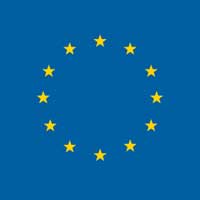Adopted by the European Commission in March 2020, the Circular Economy Action Plan (CEAP) it is one of the main building blocks of the European Green Deal.
In December 2023, European Union legislators reached a deal on the proposed Corporate Sustainability Due Diligence Directive (CSDDD) that will make companies liable for human rights and environmental violations in their global supply chains.
However, at the end of February, the proposals were dealt a major blow when they failed to achieve the approval of the European Council. Negotiations are still on-going.
As part of the European Green Deal, since January 5th, 2023, the Corporate Sustainability Reporting Directive (CSRD) requires large companies and those that are publicly listed, to publish regular reports on the social and environmental risks they face, and on how their activities impact people and the environment.
The EU Deforestation Regulation (Regulation (EU) 2023/1115) aims to reduce the impact of the European Union’s contribution to global deforestation and forest degradation through its consumption and production of certain commodities and products.
In October 2024, the EU proposed a delay in the implementation of this regulation by 12 months until 30 December 2025.
The Digital Product Passport (DPP) is a European Union (EU) mandatory requirement to create a digital product passport to electronically register, process and share product-related information amongst supply chain businesses, authorities, and consumers for all textile products on sale on the EU market.
The DPP forms a key regulatory element of the ESPR by enhancing the traceability of a textile product and its components.
First published in March 2022, and coming into force in July 2024, the Ecodesign for Sustainable Products Regulation (ESPR), builds on the existing Ecodesign Directive 2009/125/EC, which currently only covers energy-related products.







